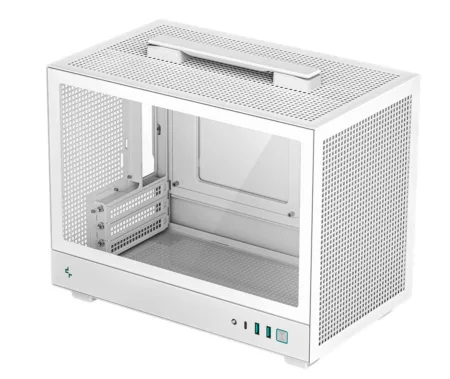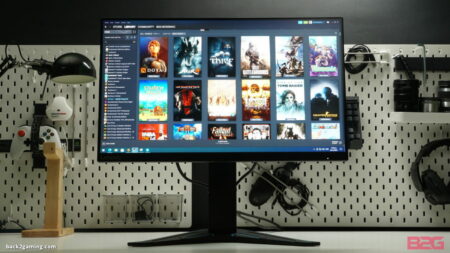Disassembly
To see the true BitFenix Phenom, one needs to see it bare. – a smart-sounding quote I am still gonna leave here just like last time
Removing the front panel is as simple as popping it off. Removing the front panel shows us a large 230mm intake vent as well as allocation for a 5.25″ drive bay.
For extra space, the HDD cage can be removed to free up a huge portion of the Phenom’s interior. This is necessary if you will be using very long GPUs of more than 6″ in length.
Once the cage is removed, tons of space really. If you’re watercooling, that’s plenty enough for a res-top with an integrated pump. Or you could be more creative and hook a tube res in the bay area and have the pump sit in the lower cage.
To mount the PSU, you need to unscrew the bracket that will hold it in place. The screws are accessible via the rear of the chassis and needs to be mounted to your PSU first. Longer PSU’s will have fitting issues so we recommend at most, a 160mm length ATX PSU. Preferably something with softer cables.
If you want to mount a radiator, you’ll want to get rid of the 5.25″ bay tray on the top of the chassis. With the front panel off, you can remove 4 screws that hold it in place then remove the remaining screws that lock it in place from the side of the Phenom.
And here we have a disassembled Phenom ready for system occupation.





